Home>Interior Design>How To Cut Energy Bills: 11 Essential Tips From Experts
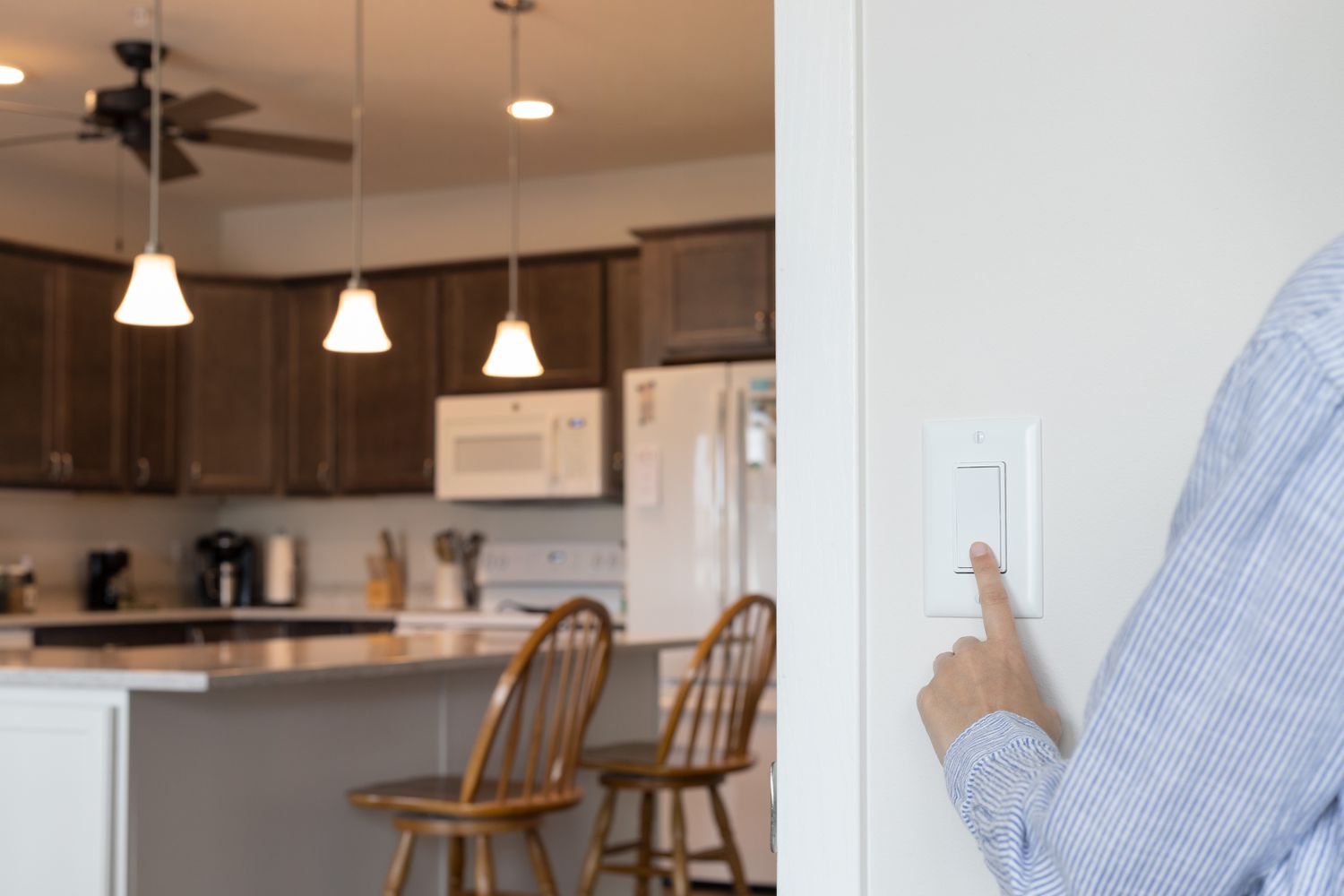

Interior Design
How To Cut Energy Bills: 11 Essential Tips From Experts
Modified: January 6, 2024
Learn how to cut your energy bills with these 11 essential tips from interior design experts. Save money and reduce your carbon footprint today!
(Many of the links in this article redirect to a specific reviewed product. Your purchase of these products through affiliate links helps to generate commission for Storables.com, at no extra cost. Learn more)
Introduction
When it comes to cutting energy bills, many homeowners are searching for effective strategies that not only reduce monthly expenses but also contribute to a more sustainable and eco-friendly lifestyle. Fortunately, there are numerous expert tips and tricks that can help you achieve both goals. From upgrading to energy-efficient appliances to optimizing your home’s heating and cooling system, these strategies can make a significant difference in your energy consumption and ultimately lower your bills.
In this article, we will explore 11 essential tips from experts in the field of energy efficiency and interior design. By implementing these strategies, you can not only save money but also create a more comfortable living space while reducing your carbon footprint. So, let’s dive into the details and discover how you can start enjoying lower energy bills today.
Key Takeaways:
- Upgrade to energy-efficient appliances and utilize natural light to reduce energy consumption and lower bills while creating a more comfortable and eco-friendly living space.
- Optimize heating and cooling systems, seal air leaks, and monitor energy usage to save money, reduce waste, and contribute to a sustainable lifestyle.
Tip 1: Upgrade to Energy-Efficient Appliances
One of the most effective ways to cut down on energy consumption and reduce your bills is by upgrading to energy-efficient appliances. Older appliances tend to be less efficient and consume more electricity, resulting in higher energy costs over time. By investing in newer models that are ENERGY STAR certified, you can significantly reduce your energy usage without sacrificing performance.
When shopping for appliances, look for the ENERGY STAR label, which indicates that the product meets strict energy efficiency guidelines set by the U.S. Environmental Protection Agency (EPA). These appliances use advanced technologies that optimize energy use, resulting in lower electricity consumption and cost savings over time.
Energy-efficient appliances come in various forms, including refrigerators, dishwashers, washing machines, and even televisions. By replacing your outdated models with more efficient alternatives, you can potentially cut your energy usage by up to 30%. Additionally, many states and local utility companies offer rebates or incentives for purchasing energy-efficient appliances, making the switch even more enticing.
Aside from energy savings, upgrading to energy-efficient appliances also offers other benefits. These appliances generally come with advanced features and settings that allow you to customize and optimize their performance. For example, modern refrigerators often have adjustable temperature settings, humidity control, and energy-saving modes. By properly utilizing these features, you can further reduce energy consumption while keeping your food fresh and safe.
Furthermore, energy-efficient appliances are designed to operate quietly, reducing noise pollution in your home. This can lead to a more peaceful and enjoyable living environment. So, when it’s time to replace your aging appliances, consider investing in energy-efficient models that will not only save you money but also enhance your overall quality of life.
Tip 2: Install Programmable Thermostats
Heating and cooling account for a significant portion of residential energy consumption. To optimize your home’s temperature control and save on energy costs, it’s highly recommended to install programmable thermostats.
Programmable thermostats allow you to set different temperature levels for different times of the day. For example, you can program your thermostat to lower the temperature during times when you’re away from home or asleep, and automatically adjust it to a comfortable level before you wake up or return home.
By using programmable thermostats strategically, you can avoid wasting energy by heating or cooling your home when it’s not necessary. According to the U.S. Department of Energy, homeowners can save up to 10% per year on heating and cooling costs simply by lowering their thermostats by 7-10 degrees Fahrenheit for 8 hours a day.
There are different types of programmable thermostats available, ranging from simple models with basic scheduling capabilities to more advanced ones with Wi-Fi connectivity. Wi-Fi-enabled thermostats offer additional convenience as you can control them remotely using a smartphone app.
Some smart thermostats even come equipped with sensors that detect whether there are people in a room or not. This allows the thermostat to automatically adjust the temperature when a room is unoccupied, saving even more energy.
When installing a programmable thermostat, consider placing it in a central location away from direct sunlight, drafts, and heat-emitting appliances. This will ensure accurate temperature readings and efficient performance.
Overall, installing a programmable thermostat is a smart investment that can help you save money and energy while maintaining optimal comfort in your home. With the ability to customize temperature settings based on your schedule, you’ll have greater control over your energy usage, leading to reduced bills and a more sustainable lifestyle.
Tip 3: Use Natural Light Whenever Possible
Harnessing natural light is not only a cost-effective way to illuminate your home but also a brilliant way to reduce energy consumption. By maximizing the use of natural light, you can reduce your reliance on artificial lighting, ultimately lowering your energy bills.
Start by strategically placing furniture and decorations to allow natural light to flow into your living spaces. Avoid blocking windows with heavy curtains or furniture. Instead, opt for light and airy window coverings that still provide privacy while allowing sunlight to filter through.
If privacy is a concern, consider using sheer curtains, blinds, or window films that offer both privacy and ample natural light. These options allow you to enjoy the benefits of sunlight while still maintaining the desired level of privacy within your home.
In rooms with limited access to natural light, such as basements or windowless areas, you can use reflective surfaces to bounce natural light into the space. Place mirrors strategically to reflect light from windows or use light-colored paint on walls and ceilings to brighten up the area.
Another way to make the most of natural light is by installing skylights or solar tubes. These fixtures can bring in more natural light and create a brighter atmosphere, reducing the need for artificial lighting during the day.
When utilizing natural light, it’s important to prioritize energy efficiency as well. Consider installing energy-efficient windows that offer better insulation and prevent heat loss. This will help maintain a comfortable indoor temperature and minimize the need for excessive heating or cooling.
By incorporating natural light into your home design, you can create a warm and inviting atmosphere while reducing your energy consumption. Not only will you see the positive impact on your energy bills, but you’ll also enjoy the numerous health benefits associated with exposure to natural light, including improved mood and increased productivity.
Tip 4: Insulate Your Home Properly
Proper insulation is a crucial factor in maintaining an energy-efficient home. By ensuring that your home is adequately insulated, you can prevent heat transfer and minimize energy loss, resulting in reduced heating and cooling costs.
The first step in insulating your home is to identify any areas that may need improvement. Check for gaps or cracks around windows and doors, as well as in the walls and ceilings. These openings can allow hot or cold air to escape, leading to increased energy consumption as your heating and cooling systems work harder to regulate the temperature.
Sealing these gaps using weatherstripping or caulking can significantly improve your home’s energy efficiency. It is also important to insulate your attic and walls, as these areas are prone to heat loss. Adding insulation to these spaces can help maintain a comfortable indoor temperature and reduce the strain on your HVAC system.
There are various types of insulation materials to choose from, such as fiberglass, cellulose, and spray foam. Each material has its advantages and disadvantages, so it’s important to consider factors such as cost, effectiveness, and environmental impact when making your decision.
In addition to insulating your home, it’s also essential to ensure proper ventilation. A well-ventilated home allows for the circulation of fresh air and helps regulate indoor humidity levels, preventing the buildup of moisture and mold. Proper ventilation can also contribute to improved indoor air quality, creating a healthier living environment for you and your family.
By investing in proper insulation and ventilation, you can create a more energy-efficient home that retains heat in the winter and keeps it out in the summer. This will not only lead to significant energy savings but also enhance the overall comfort and livability of your space.
Tip 5: Seal Air Leaks in Your Home
Air leaks can be a major source of energy loss in homes. These leaks allow conditioned air to escape and outside air to enter, forcing your heating and cooling systems to work harder and consume more energy. By sealing air leaks, you can improve energy efficiency and reduce your energy bills.
To identify air leaks, start by conducting a thorough inspection of your home. Common areas to check include windows and doors, electrical outlets, baseboards, attic hatches, and plumbing penetrations. Feel for any drafts or use a smoke pencil to detect the movement of air.
Once you have located the air leaks, it’s time to seal them. Use weatherstripping to seal gaps around windows and doors, preventing drafts from entering or escaping. Apply caulk or foam sealant to seal cracks or gaps in walls, ceilings, and around electrical outlets. Install door sweeps and thresholds to reduce air leakage under doors.
In addition to sealing air leaks in the interior, it’s important to also address leaks in the attic and basement. Inspect the attic for any gaps or holes and use insulation or expanding foam to seal them. Seal cracks or gaps in the foundation or basement walls to prevent unwanted drafts and moisture infiltration.
Properly sealing air leaks not only improves energy efficiency but also enhances indoor comfort. By preventing drafts, you can maintain a consistent temperature throughout your home and reduce the strain on your HVAC system.
It’s important to note that while sealing air leaks is beneficial, proper ventilation is also essential to maintain good indoor air quality. Ensure that your home has adequate ventilation to allow for the exchange of stale indoor air with fresh outdoor air. This can be achieved through the use of exhaust fans in kitchens and bathrooms or by opening windows when weather permits.
By sealing air leaks and improving ventilation, you can create a more energy-efficient and comfortable home environment. Your efforts will not only contribute to lower energy bills but also reduce your carbon footprint, making a positive impact on the environment.
Tip 6: Optimize Your Heating and Cooling System
Heating and cooling systems are vital for maintaining a comfortable indoor environment, but they can also be major contributors to energy consumption and high utility bills. By optimizing your heating and cooling system, you can maximize its efficiency and reduce energy waste.
Start by scheduling regular maintenance for your HVAC system. Regular servicing ensures that your system is running smoothly, reduces energy consumption, and extends the lifespan of your equipment. A well-maintained system operates more efficiently, delivering better performance while using less energy.
During maintenance visits, professionals can clean and replace filters, check for any leaks or inefficiencies in the system, and make necessary adjustments to improve efficiency. By keeping your system in top condition, you can significantly reduce energy waste and save on heating and cooling costs.
Upgrading to a programmable thermostat, as mentioned earlier, is another way to optimize your heating and cooling system. With a programmable thermostat, you can set appropriate temperature levels at different times of the day, ensuring efficient operation and minimizing energy use during periods when you don’t need to heat or cool your home excessively.
Proper insulation, as discussed in a previous tip, also plays a crucial role in optimizing your HVAC system. Insulating your home well helps retain conditioned air, allowing your heating and cooling system to work more efficiently. Insulated walls, ceilings, and ductwork can prevent heat loss or gain, resulting in less energy required to maintain a comfortable indoor temperature.
Regularly cleaning and maintaining your air ducts is another important step in optimizing your HVAC system. Dust, debris, and other contaminants can accumulate in the ductwork, obstructing airflow and reducing efficiency. By cleaning your air ducts or having them professionally cleaned, you can ensure unrestricted airflow and improve the overall performance of your system.
Lastly, when it’s time to replace your heating or cooling system, consider investing in energy-efficient models. Look for units that have earned the ENERGY STAR certification, as they meet strict energy efficiency guidelines set by the EPA. Energy-efficient systems consume less energy while delivering the same level of comfort, resulting in cost savings over time.
By optimizing your heating and cooling system through regular maintenance, proper insulation, and the use of energy-efficient equipment, you can reduce energy waste and enjoy lower energy bills. Prioritizing efficiency in this aspect of your home will contribute to a more sustainable and cost-effective living environment.
Consider investing in energy-efficient appliances and lighting. Look for the Energy Star label when purchasing new items, as they are designed to consume less energy and can help reduce your overall energy bills.
Tip 7: Use Energy-Saving Settings on Electronic Devices
Our modern lives are filled with electronic devices, from televisions and computers to kitchen appliances and gaming consoles. These devices consume significant amounts of energy, contributing to higher electricity bills. However, by utilizing energy-saving settings, you can reduce their energy consumption and save money.
Most electronic devices have energy-saving or power management settings that can be adjusted to minimize energy waste. For example, computers and laptops often have power-saving modes that can automatically adjust the screen brightness, put the device to sleep when idle, and reduce power usage when not in use.
Smart TVs, game consoles, and streaming devices also offer energy-saving features. Enable features like “auto power-off” or “eco mode” to ensure that these devices automatically power down or go into standby mode when not in use for a certain period of time.
Furthermore, consider adjusting the settings on your mobile devices, such as smartphones and tablets, to reduce energy consumption. Lowering screen brightness, disabling unnecessary notifications, and closing unused background apps can help conserve battery life and reduce the need for frequent charging.
One often overlooked energy-saving feature is the sleep mode or power-saving mode on kitchen appliances. Many dishwashers, washing machines, and refrigerators have special settings that allow them to operate more efficiently and consume less energy.
When purchasing new electronic devices, look for those with energy-saving certifications such as ENERGY STAR. These devices are designed to use less energy without compromising on performance. Additionally, some utility companies offer energy-saving incentives or rebates for purchasing ENERGY STAR certified appliances.
Remember to unplug electronic devices when they are not in use to eliminate standby power consumption. Standby power, also known as vampire power, refers to the energy consumed by electronic devices even when they are turned off but still plugged in. Using power strips or smart power outlets can help you easily control and cut off power to multiple devices at once.
By utilizing energy-saving settings on your electronic devices and making conscious choices, you can significantly reduce energy consumption and save on your electricity bills. These small adjustments not only benefit your wallet but also contribute to a greener and more sustainable lifestyle.
Tip 8: Unplug Devices When Not in Use
In today’s technology-driven world, we are surrounded by a multitude of electronic devices that consume energy even when they are not actively in use. This phenomenon is known as standby power, vampire power, or phantom load. Unplugging devices when they are not in use is a simple yet effective way to reduce energy waste and lower your electricity bills.
Many devices, such as televisions, computers, gaming consoles, and chargers, continue to draw power even when they are turned off or in standby mode. This standby power consumption can account for a significant portion of your overall energy usage.
Get into the habit of unplugging devices from the power source when they are not being used. This prevents them from consuming unnecessary energy and saves you money in the long run.
An easy way to manage multiple devices is to use power strips or smart power outlets. By plugging your devices into these power strips, you can easily turn off the power supply to all connected devices with a single switch. This eliminates standby power and ensures that devices aren’t consuming energy when not needed.
It’s important to note that some devices, such as cable boxes or routers, need to remain plugged in to function properly. In such cases, consider using a smart power strip with individual outlets that can be programmed to turn off certain outlets while keeping others on.
Another option to reduce standby power is to utilize timers or smart plugs. These devices allow you to schedule when power is supplied to particular devices. For example, you can program your coffee maker to turn on right before you wake up and automatically turn off once you leave the house for the day.
Unplugging devices not only saves electricity but also reduces the wear and tear on electronic components, potentially extending the lifespan of your devices. It’s a small but significant step towards energy conservation and responsible energy consumption.
Make a habit of unplugging devices when they are not in use, and encourage your household members to do the same. By eliminating standby power, you can reduce energy waste, lower your utility bills, and contribute to the overall sustainability of your home.
Read more: How To Save On Air Conditioning Bill
Tip 9: Choose Energy-Efficient Lighting Options
Lighting is an essential aspect of any home, but it can also be a significant contributor to energy consumption. By choosing energy-efficient lighting options, you can reduce your energy usage and save money on your electricity bills.
One of the most popular energy-efficient lighting options available today is LED (Light Emitting Diode) bulbs. LEDs are known for their exceptional energy efficiency and long lifespan. Compared to traditional incandescent bulbs, LEDs use up to 80% less energy, making them a cost-effective choice in the long run.
In addition to energy savings, LED bulbs have other advantages. They produce very little heat, making them safer to use and reducing the cooling load on your HVAC system. LEDs are also available in a wide range of colors and can be dimmable, providing you with flexibility in creating the desired ambiance in your home.
When purchasing LED bulbs, look for ones with the ENERGY STAR label. These bulbs meet strict energy efficiency standards set by the EPA and are tested to ensure high-quality performance and durability.
Another energy-saving lighting option is compact fluorescent lamps (CFLs). While not as energy-efficient as LEDs, CFLs still offer significant energy savings compared to incandescent bulbs. CFLs are commonly available in a variety of shapes and sizes, making it easier to find the right fit for your fixtures.
It’s important to note that if you have older incandescent bulbs in your home, considering replacing them with energy-efficient alternatives as they burn out. This will gradually transition your lighting to more energy-saving options.
Aside from choosing the right bulbs, utilizing natural light whenever possible can further reduce your reliance on artificial lighting. Maximize natural light by strategically placing furniture, using light and airy window coverings, and incorporating reflective surfaces to bounce light around the room.
Lastly, make it a habit to turn off lights when they are not needed. Encourage your household members to do the same. This simple but effective step can significantly reduce energy use and lower your electricity bills.
By choosing energy-efficient lighting options and being mindful of your lighting usage, you can make a significant impact on your energy consumption. The switch to energy-saving bulbs not only saves you money but also contributes to a more sustainable and environmentally-friendly home.
Tip 10: Opt for Renewable Energy Sources
In recent years, the demand for clean and sustainable energy has been increasing. Opting for renewable energy sources is not only an environmentally conscious choice but also a way to reduce your dependence on fossil fuels and lower your carbon footprint.
One of the most popular options for renewable energy is solar power. Solar panels harness the energy from the sun and convert it into electricity to power your home. By installing solar panels on your roof or in your yard, you can generate your own clean energy and potentially reduce or eliminate your reliance on the traditional electric grid.
While the initial investment in solar panels may seem significant, the long-term benefits make it a worthwhile choice. Solar panels can significantly reduce your energy bills, with some homeowners even achieving net-zero energy homes, where the amount of energy generated equals or exceeds their energy consumption.
In addition to solar power, you may also explore options like wind turbines or geothermal systems, depending on your location and resources. Wind turbines convert the energy from the wind into electricity, while geothermal systems utilize the natural heat stored in the Earth to provide heating and cooling for your home.
If installing renewable energy systems is not feasible for your situation, consider purchasing renewable energy credits (RECs) or enrolling in green energy programs offered by your utility company. These programs allow you to support renewable energy projects by paying a premium on your electricity bill, ensuring that a portion of your energy comes from renewable sources.
By opting for renewable energy sources, you not only reduce your environmental impact but also contribute to the growth of the clean energy industry. The use of renewable energy helps combat climate change and supports the development of a greener and more sustainable future for generations to come.
Tip 11: Monitor and Track Your Energy Usage
Monitoring and tracking your energy usage is an essential step in understanding where energy is being consumed in your home and identifying opportunities for improvement. By becoming aware of your energy habits, you can make informed decisions to reduce waste and save money on your utility bills.
One of the easiest ways to monitor your energy usage is by reviewing your monthly utility bills. Take note of any significant changes or trends in consumption. Many utility companies now offer online portals or mobile apps that provide detailed information about your energy usage, allowing you to track your consumption in real-time.
Consider investing in a home energy monitoring system that provides more detailed insights into your energy usage. These systems typically include smart meters that measure your energy consumption at different intervals. You can visualize this data through a web-based dashboard or smartphone app, helping you identify patterns and energy-intensive areas in your home.
By determining which appliances or habits are consuming the most energy, you can develop strategies to reduce usage in those areas. For example, if your heating and cooling system is responsible for a significant portion of your energy consumption, you can focus on optimizing its efficiency or exploring alternative temperature control methods.
Tracking your energy usage can also help you set goals and monitor progress. Aim to gradually reduce your energy consumption over time and measure your success by comparing your usage over different periods. Celebrate milestones and achievements, motivating you to continue making eco-friendly choices.
Utilize energy-saving tools and technologies to automate energy management in your home. Smart thermostats, for instance, allow you to set temperature schedules and track energy usage patterns. Some devices even provide personalized recommendations for improving energy efficiency based on your usage data.
Beyond tracking your energy usage, it’s helpful to educate yourself on energy-saving practices and stay up to date on advancements in energy-efficient technologies. By staying informed, you can continuously adopt new strategies and technologies as they become available.
Monitoring and tracking your energy usage not only helps you save money but also promotes energy consciousness within your household. It empowers you to make informed decisions about your energy consumption and take steps towards a more sustainable lifestyle.
Conclusion
Reducing energy bills and creating an energy-efficient home doesn’t have to be daunting. By implementing the 11 essential tips discussed in this article, you can make significant strides towards reducing energy consumption, saving money, and creating a more sustainable living environment.
From upgrading to energy-efficient appliances and installing programmable thermostats to utilizing natural light, insulating your home, and sealing air leaks, these strategies can have a substantial impact on your energy usage and monthly expenses.
By optimizing your heating and cooling system, using energy-saving settings on electronic devices, choosing energy-efficient lighting options, and opting for renewable energy sources, you can further maximize energy efficiency and lower your carbon footprint.
Monitoring and tracking your energy usage is also crucial for understanding your consumption patterns and identifying areas for improvement. By staying informed and making conscious choices, you can continually reduce energy waste and promote a more sustainable lifestyle.
Remember, the journey towards an energy-efficient home is a gradual process. Start by implementing one or two tips at a time and gradually incorporate additional strategies as you see fit. Small changes can add up to significant savings over time.
By implementing these expert tips and making energy efficiency a priority, you can not only enjoy the financial benefits of lower energy bills but also contribute to a greener and more sustainable future for generations to come. So, take the first step today and start transforming your home into an energy-efficient oasis.
Frequently Asked Questions about How To Cut Energy Bills: 11 Essential Tips From Experts
Was this page helpful?
At Storables.com, we guarantee accurate and reliable information. Our content, validated by Expert Board Contributors, is crafted following stringent Editorial Policies. We're committed to providing you with well-researched, expert-backed insights for all your informational needs.

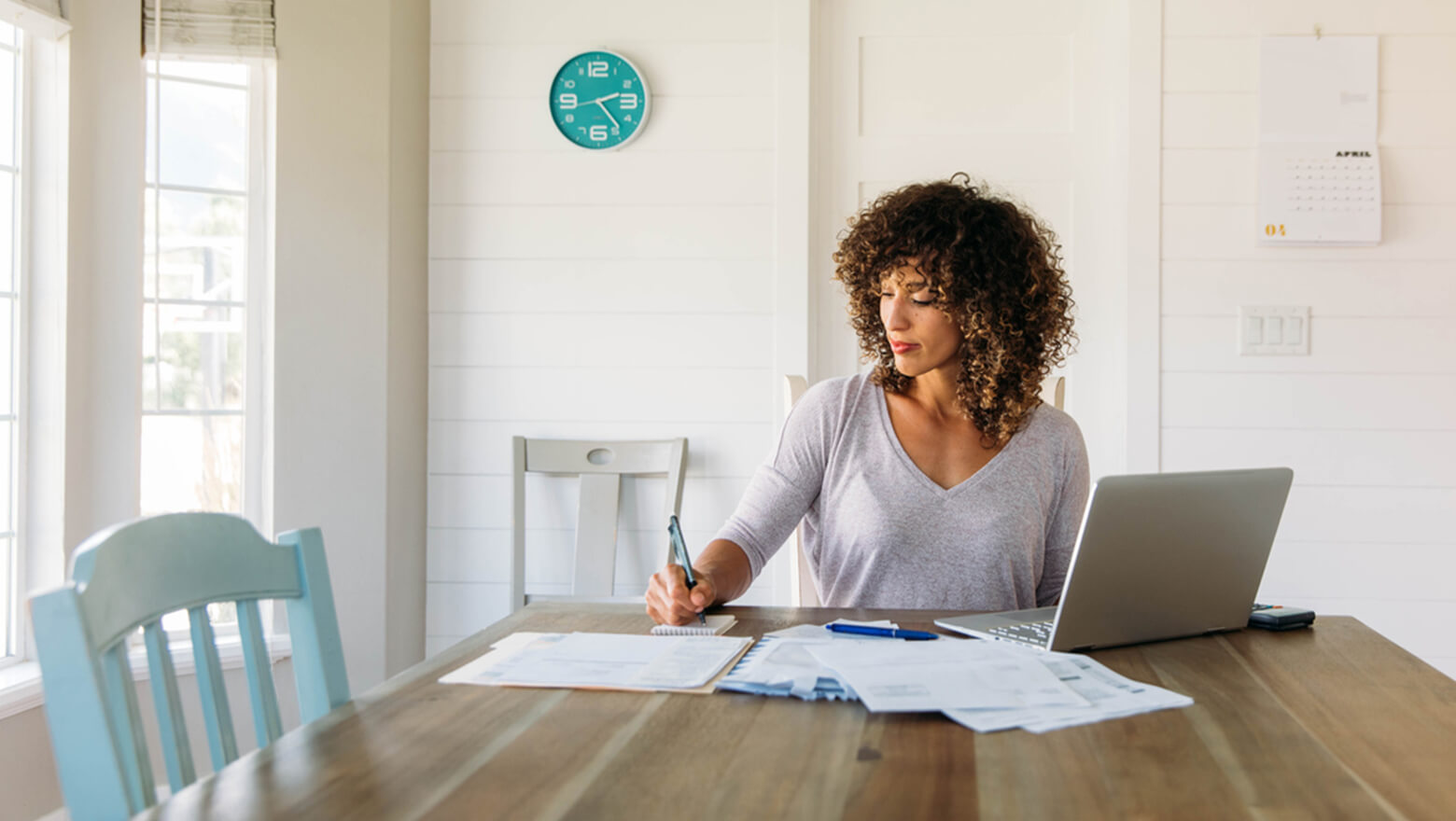


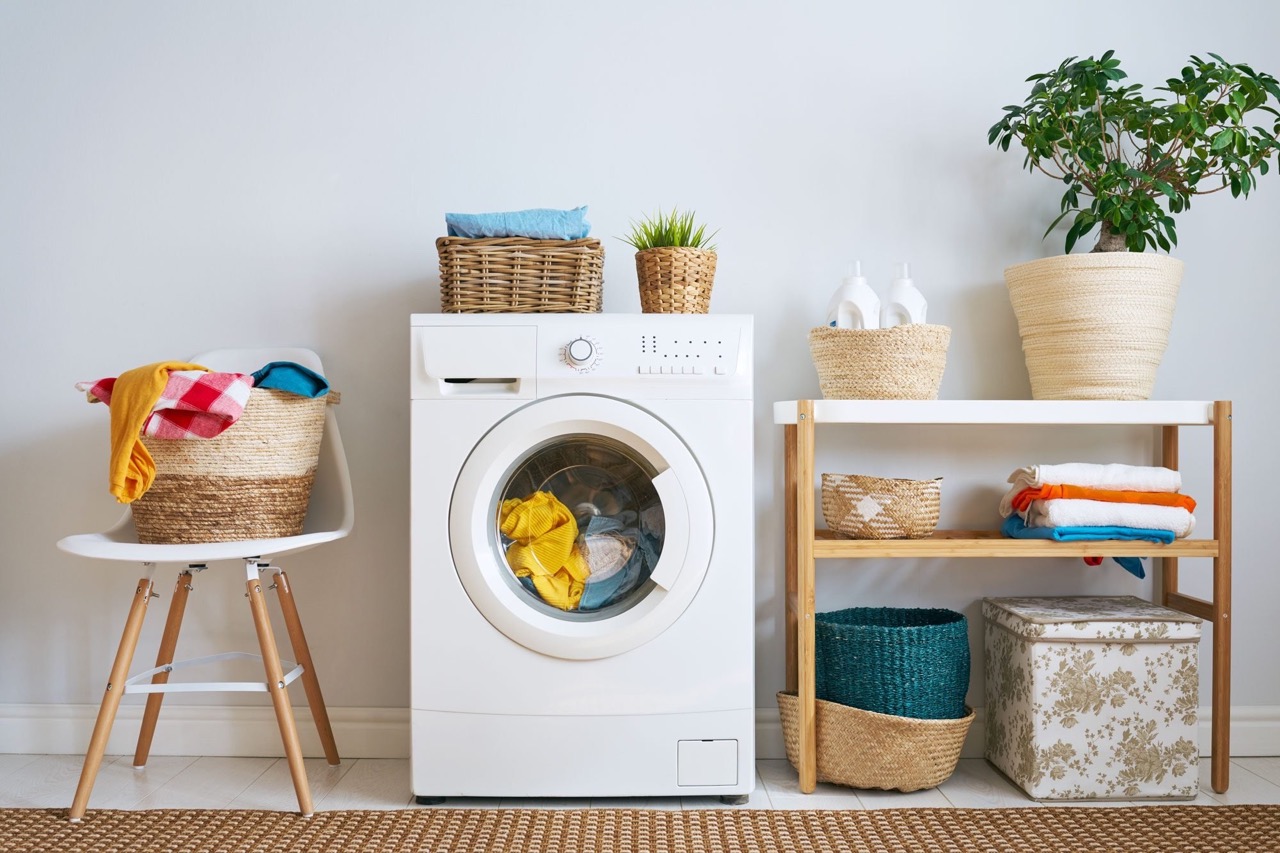

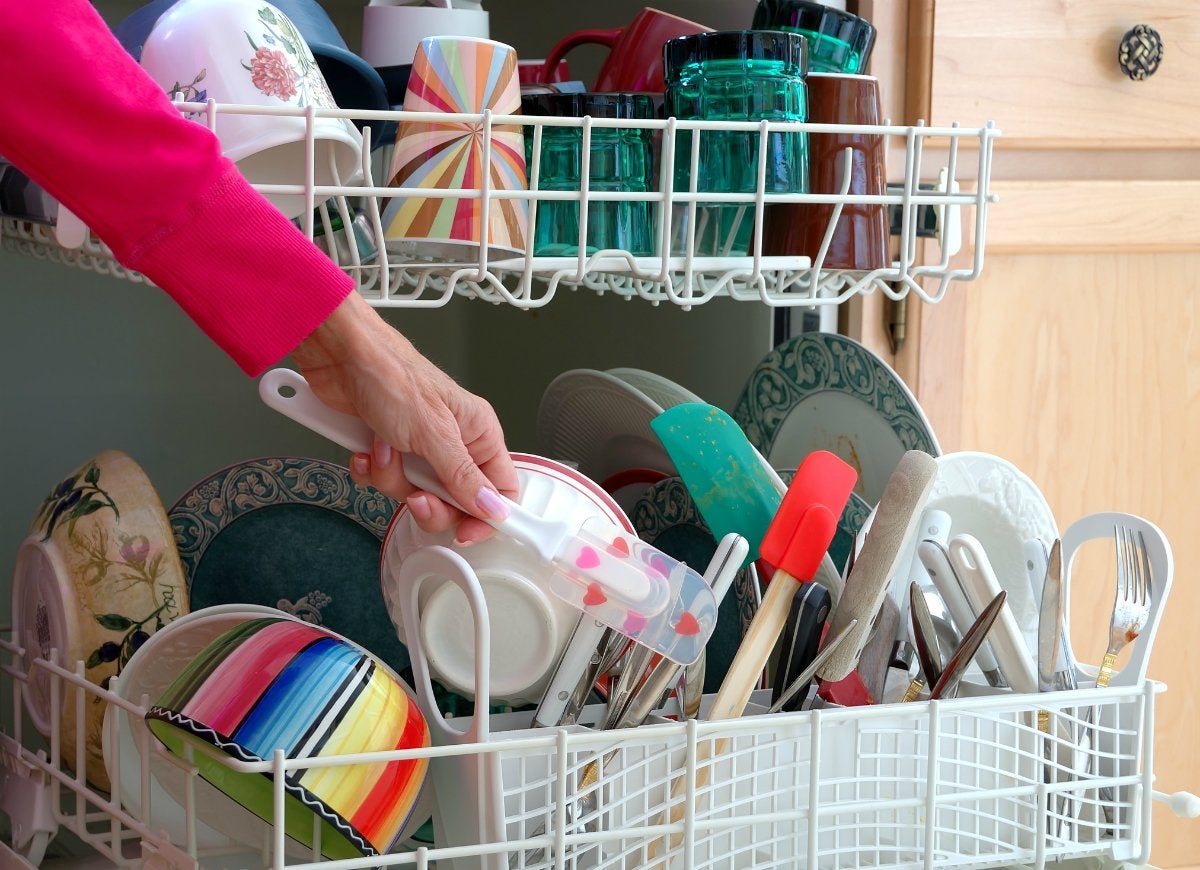

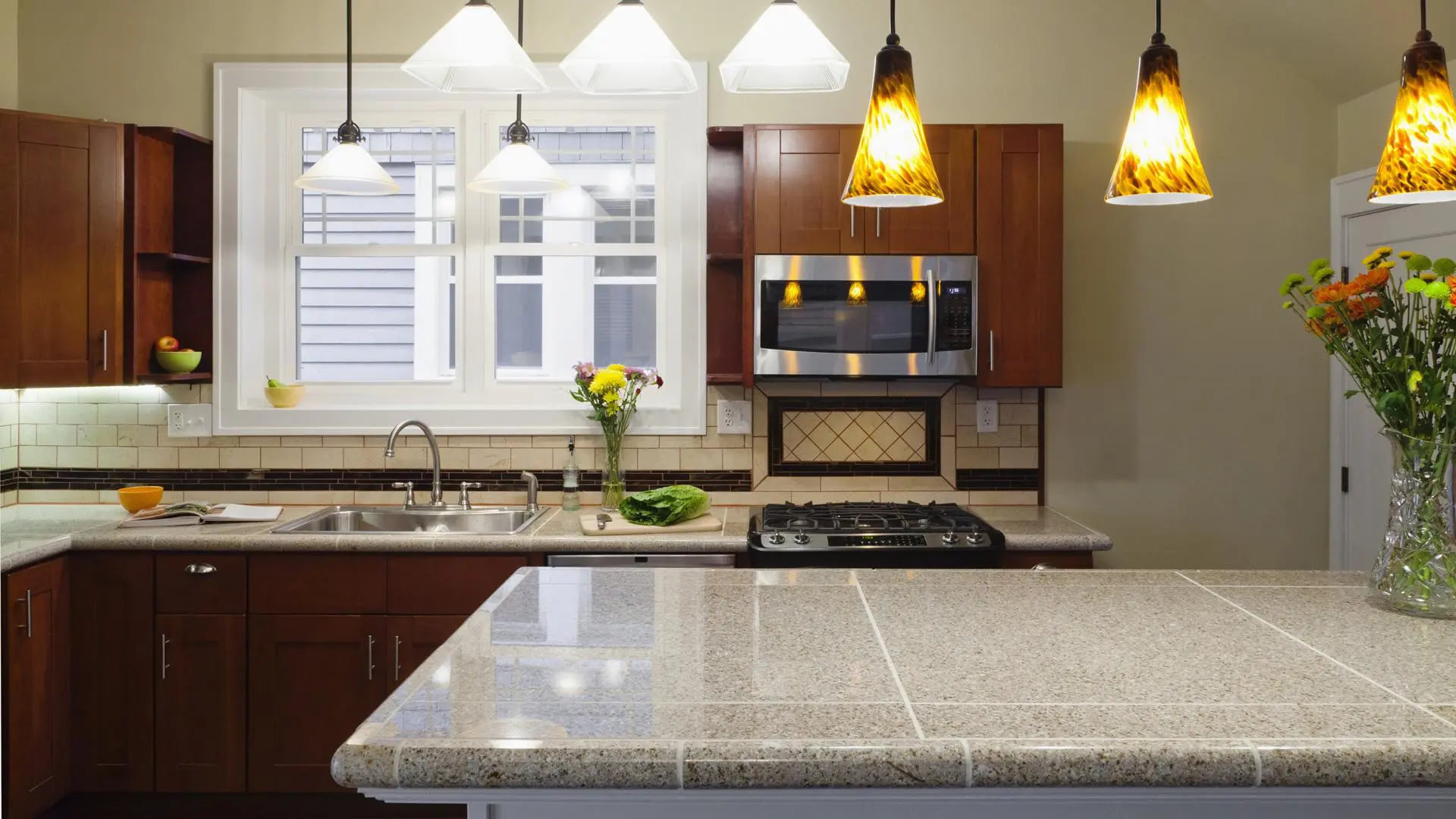
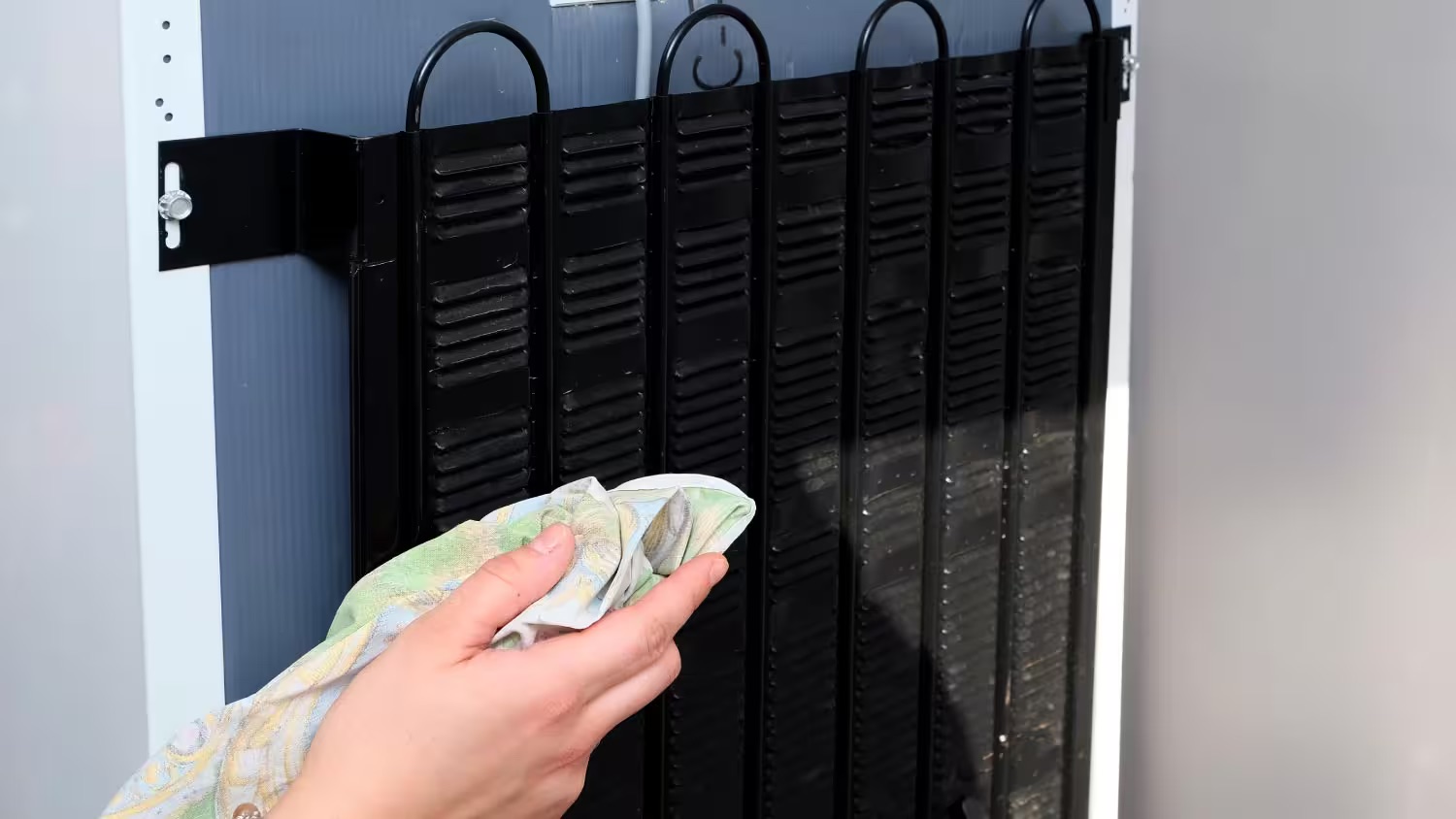
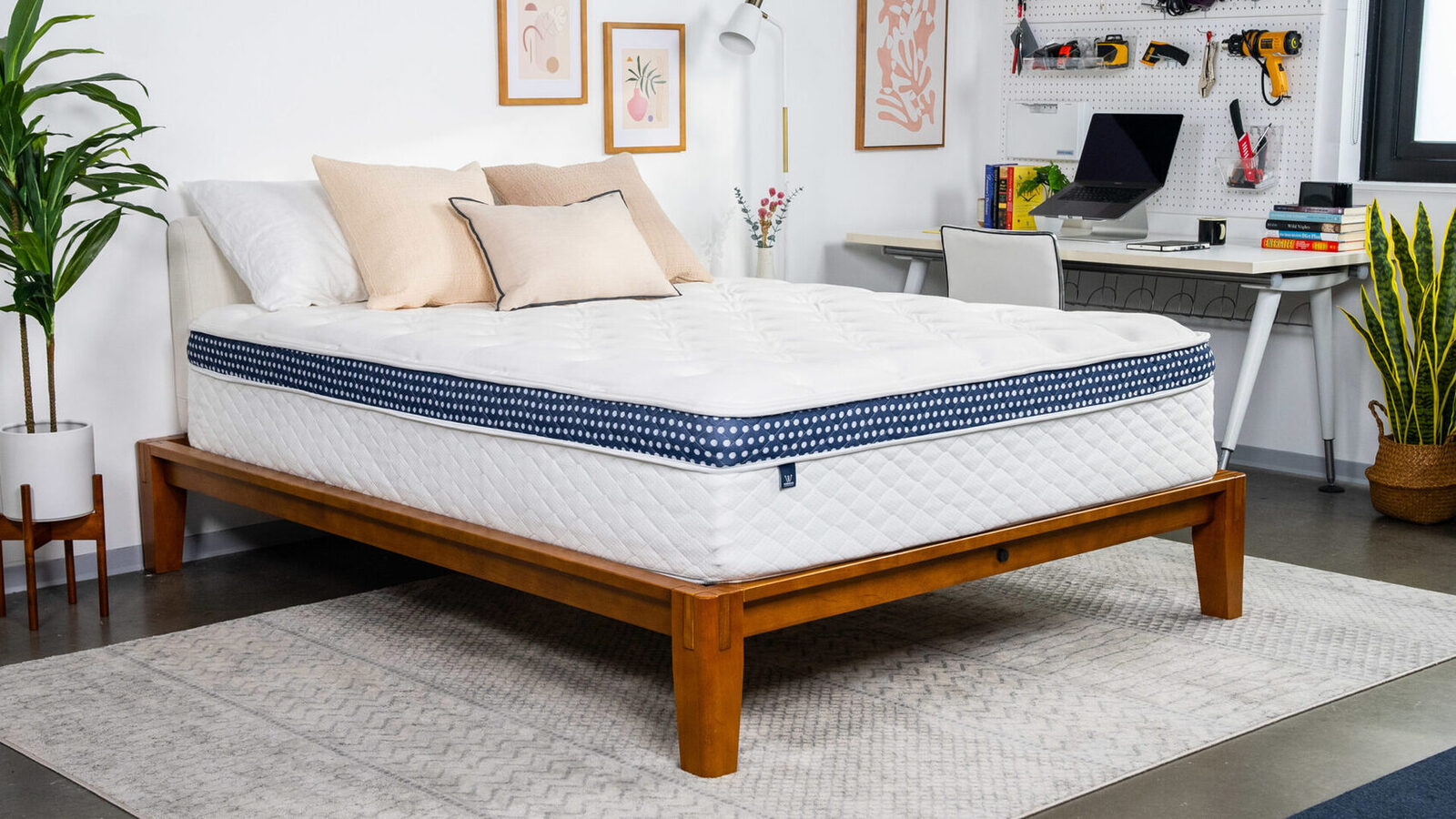
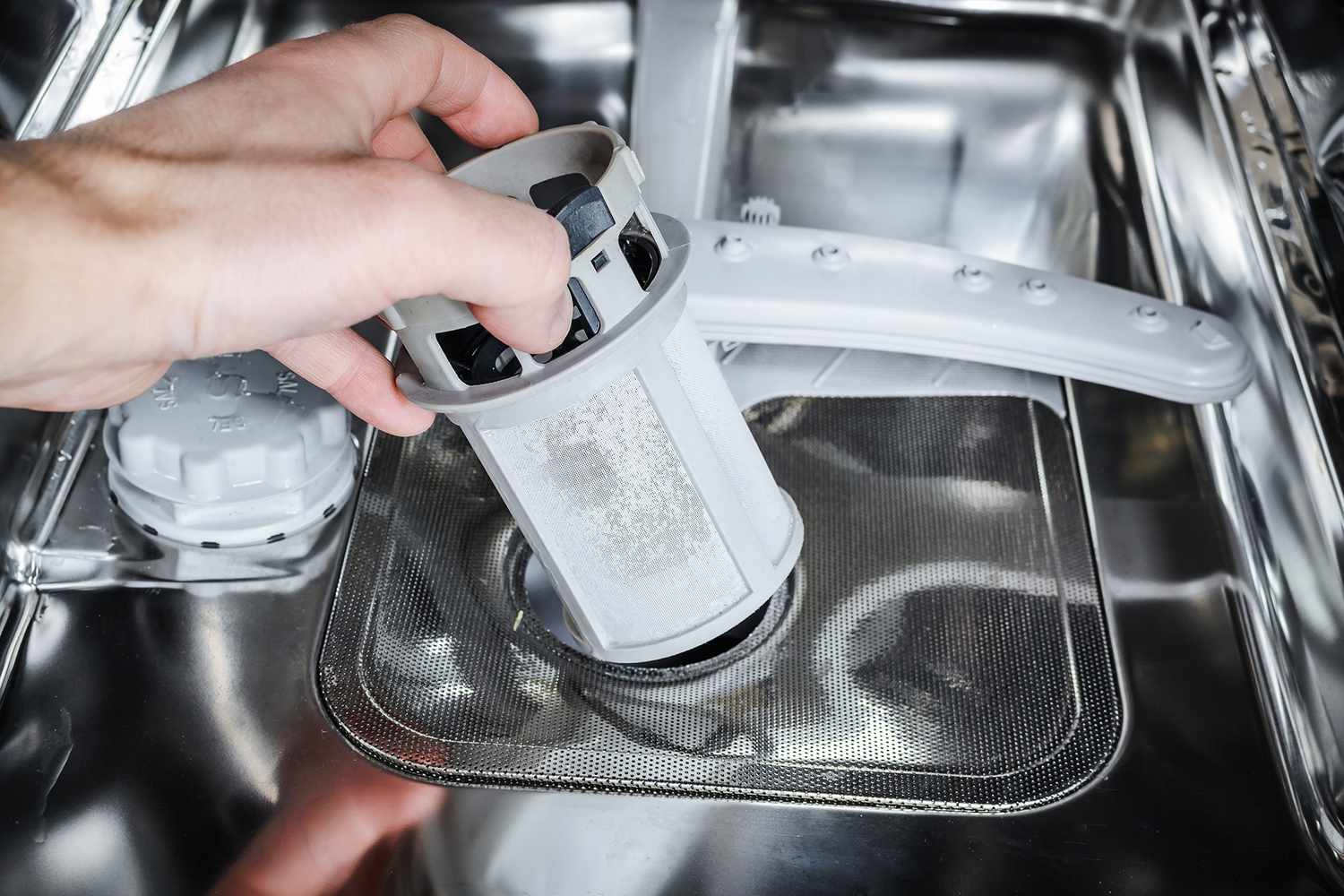


0 thoughts on “How To Cut Energy Bills: 11 Essential Tips From Experts”